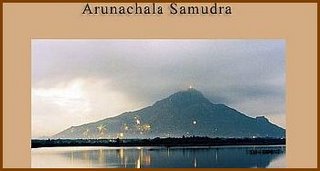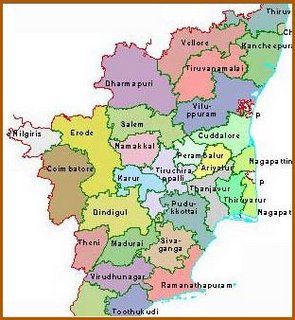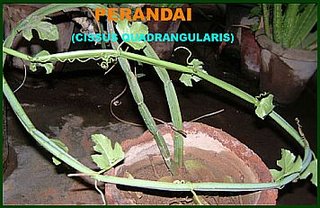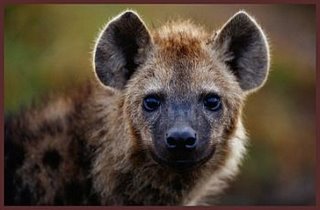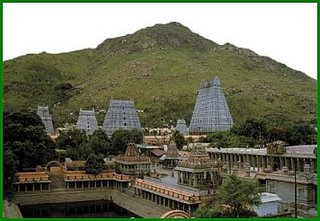'I came to India in 1981 in response to our Lord's call to "Go, sell all that you have, give it to the poor and follow Me".'
And now 25 years later and nearly 70 years old she remains completely committed to the Organisation she set up, The Rangammal Memorial Rehabilitation Society:

The Hospital is a unit of the Rangammal Memorial Rehabilitation Society and includes; the Rangammal Hospital, Rangammal Memorial Higher Secondary School for the Hearing Impaired, Vasavi Industrial School, Rangammal Memorial Teacher Training School for Hearing Impaired, Rangammal Memorial Day Care Centre for the Mentally Retarded and Cerebral Palsy, Outreach Community Programme, Village Clinics, RSVY Programme and a Pension Scheme.
